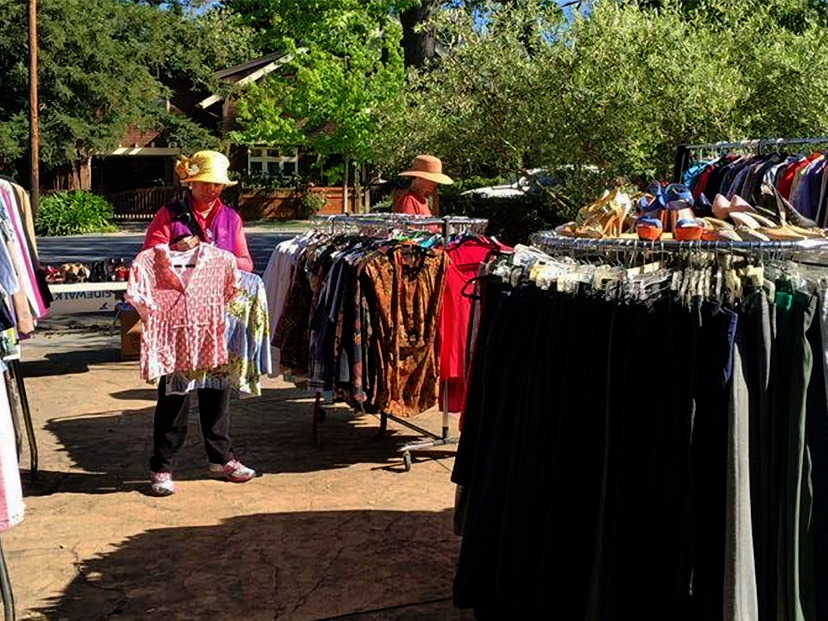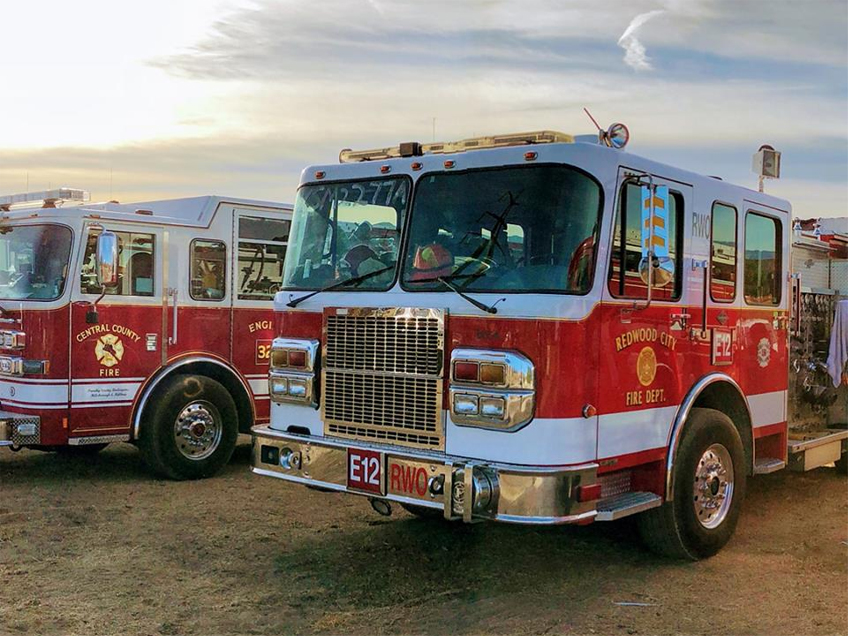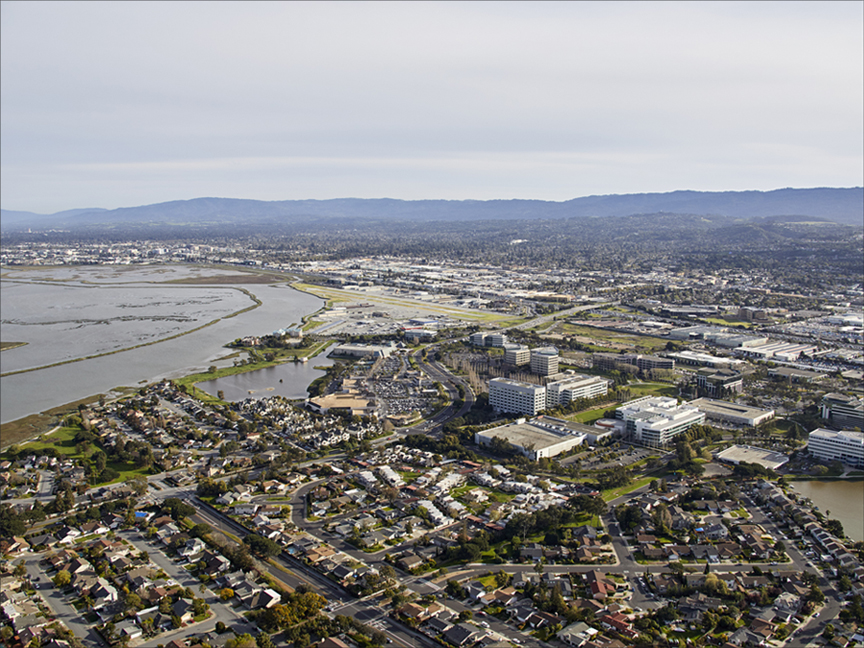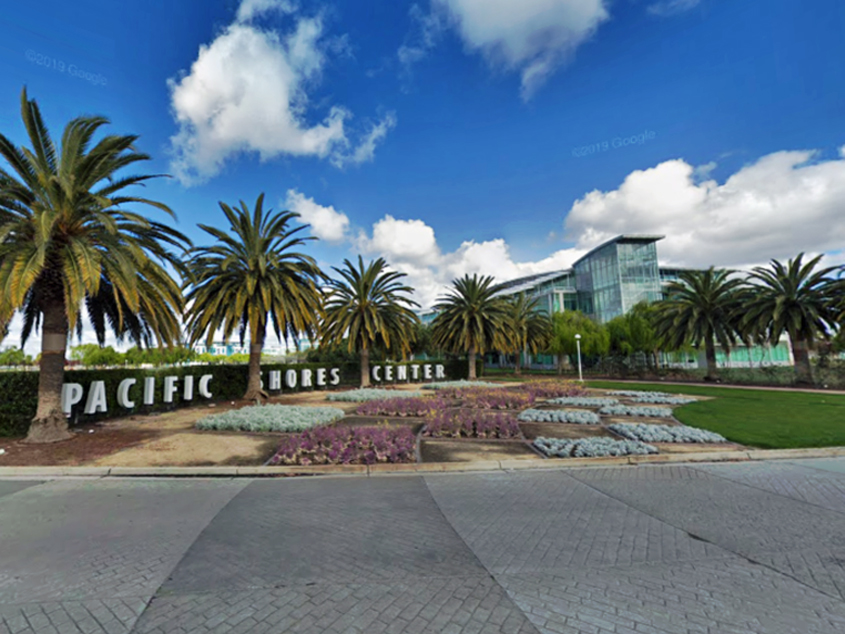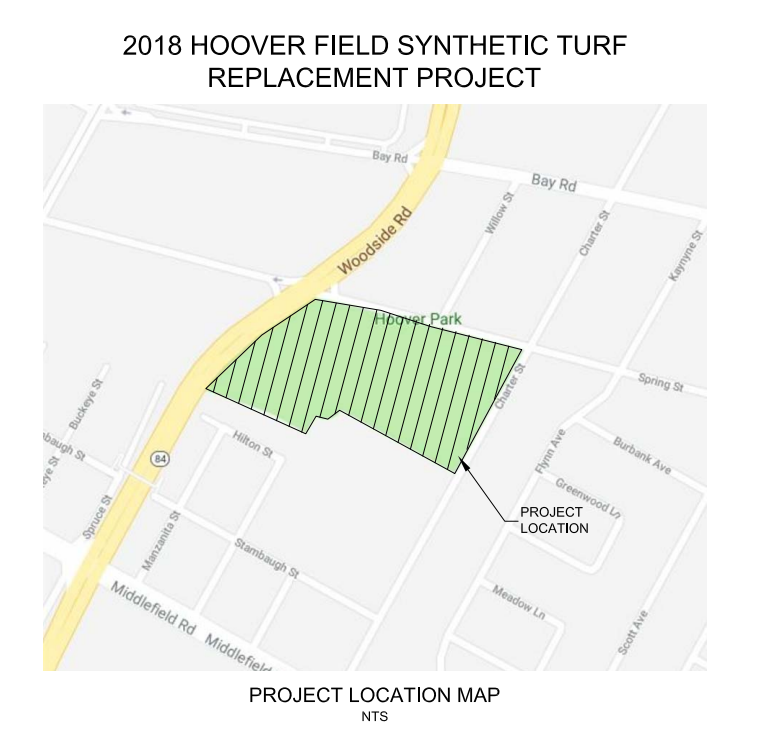Law enforcement to heighten DUI patrols for Cinco de Mayo

The San Mateo County Sheriff’s Office and Redwood City Police Department say they will heighten DUI enforcement this Sunday, which is Cinco de Mayo.
The sheriff’s office will deploy a DUI Saturation Patrol specifically for the purpose of identifying and stopping impaired drivers, and every traffic and patrol deputy on duty will be on heightened alert “to prevent a senseless tragedy due to alcohol or drugs,” the sheriff’s office said. Redwood City police “will have additional officers on patrol ready to stop and arrest drivers suspected of driving under the influence of alcohol and/or drugs,” the department said in a statement.
“Historically, the fifth of May commemorates Mexico’s 1862 victory over France at the Battle of Puebla during the Franco-Mexican War. For many in the United States, present-day Cinco de Mayo celebrations often lead to drunk driving – and there is no victory in that,” the sheriff’s office said in a separate statement.

